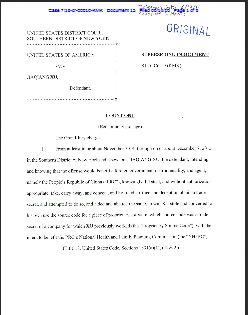On Jan. 6th, 2012, Mark Clayton wrote for the Christian Science Monitor on Stuxnet. The article basically reflected Kaspersky Lab's earlier findings: that Stuxnet is related to Duqu, that Stuxnet was built off of the Tilded software platform, and that there may be three other Stuxnet-esque viruses unaccounted for. However, the article elaborated on those findings, and substantiated them.
First, cybersecurity firm Symantec agrees with all of Kaspersky Lab's findings. Symantec came to its conclusion after an independent analysis of the malware.
Second, the article explained that the Tilded platform allows hackers to "fire" and "reload." In this sense, those behind Tilded can calibrate for different targets by changing the payload on a certain virus. So if you want to destroy a particular target, you go with Stuxnet. However, if you want to conduct espionage, you switch out a few components on the Tilded platform and you have Duqu. The article uses a variety of analogies to explain the concept: a Ferrari manufacturing plant, a weapons plant, and even the US infrastructure behind nuclear weapon creation.
Finally, the article explains that there is still no firm evidence as to who is behind Stuxnet. The level of sophistication behind these viruses suggests that there is a nation-state behind the Tilded platform. Whatever the case, the article notes that those behind Stuxnet are currently turning out new cyberweapons for new missions.
The source article can be found here.
***
Just a quick reminder of Stuxnet's complexity . . .








Leave a Reply